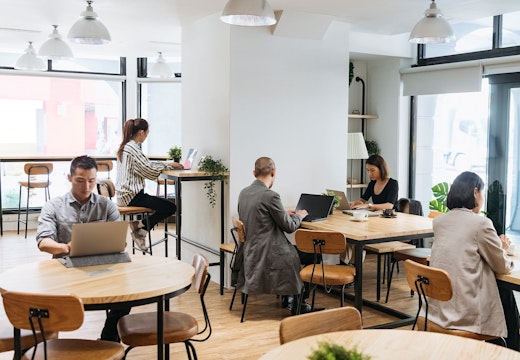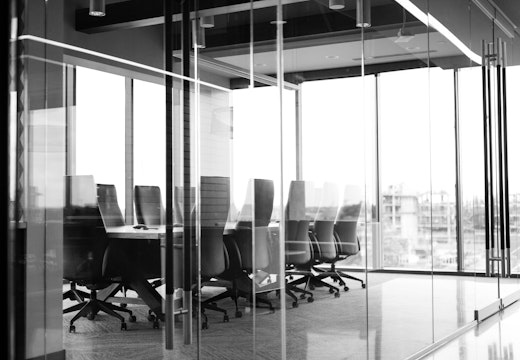Presenteeism strikes again: the rise of flexible working in the workplace
As the rise of flexible working promises both employee and business benefits, what position will the physical workplace hold? And how will business leaders respond to change? A new report explores the issues
The modern workplace is on the move to break down physical and social barriers in the office environment. From knocking down walls, punching holes in floorplates and designing for cross-functionality, the workplace is becoming a space for agile, collaborative and creative work. This shift of workplace responsibility is one that many believe is overdue.
Flexible working is often used interchangeably with remote working. However, a new report released by Condeco, The Modern Workplace 2018: People, Places and Technology, suggests that people’s attitudes vary significantly between the two terms.
While nearly all the participants surveyed in the report concluded that flexible working had positive impacts, the attitude was much more mixed towards remote working. This suggests that while people enjoy autonomy over their work settings, they find social comfort in the confines of the office space.
‘Technology has stepped in and married physical space with employee autonomy…’
According to the report, 69 per cent of workplaces surveyed are mostly open plan, whereas just seven per cent of those surveyed are made up of smaller offices. This immediately demonstrates a shift in workplace design in recent times as a result of new ways of working. Desk sharing has been an integral part of the flexible working agenda in many offices, but it can often be badly received by employees.
This is where technology has stepped in to marry physical space with employee autonomy; desk booking systems integrated into the furniture help employees embrace flexible working by providing the right tools to choose the space they want in advance.
How can leaders deal with change?
Flexible working has created a more open dialogue between the organisation and its employees. Business leaders have reported using workplace surveys to measure the performance of space and how people feel within in. A stream of constant feedback means leaders have a better insight into how space is being used and what type of work is happening in the office.
Although the results of truly flexible workspaces are still to be fully determined, there is a confidence that the uptake of flexible working will continue to grow in popularity in the future from both the employee and business perspective.








